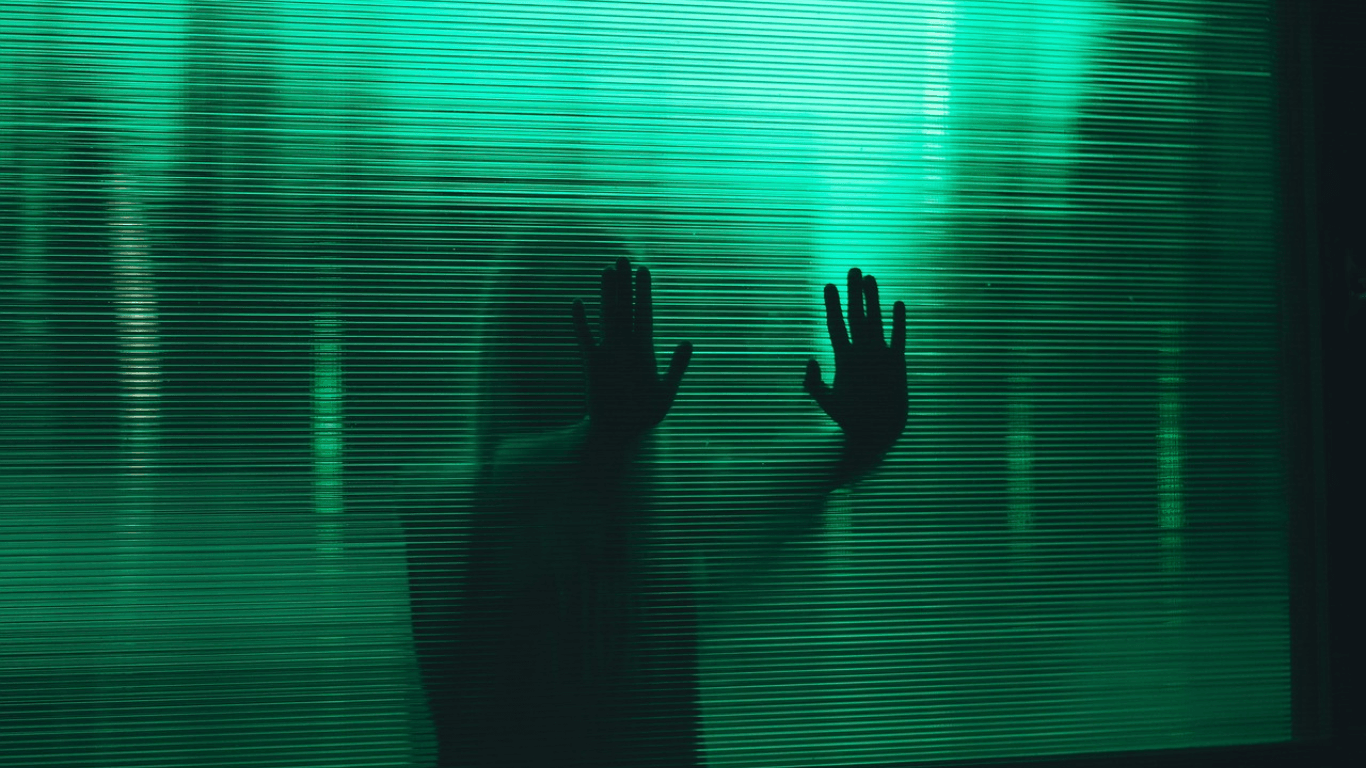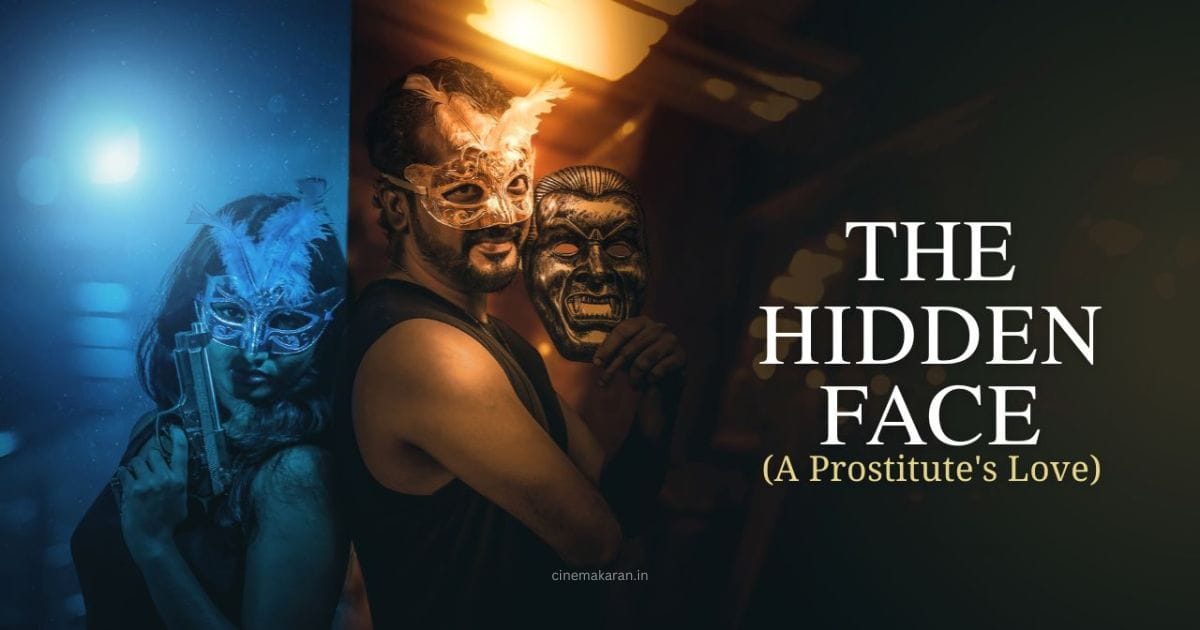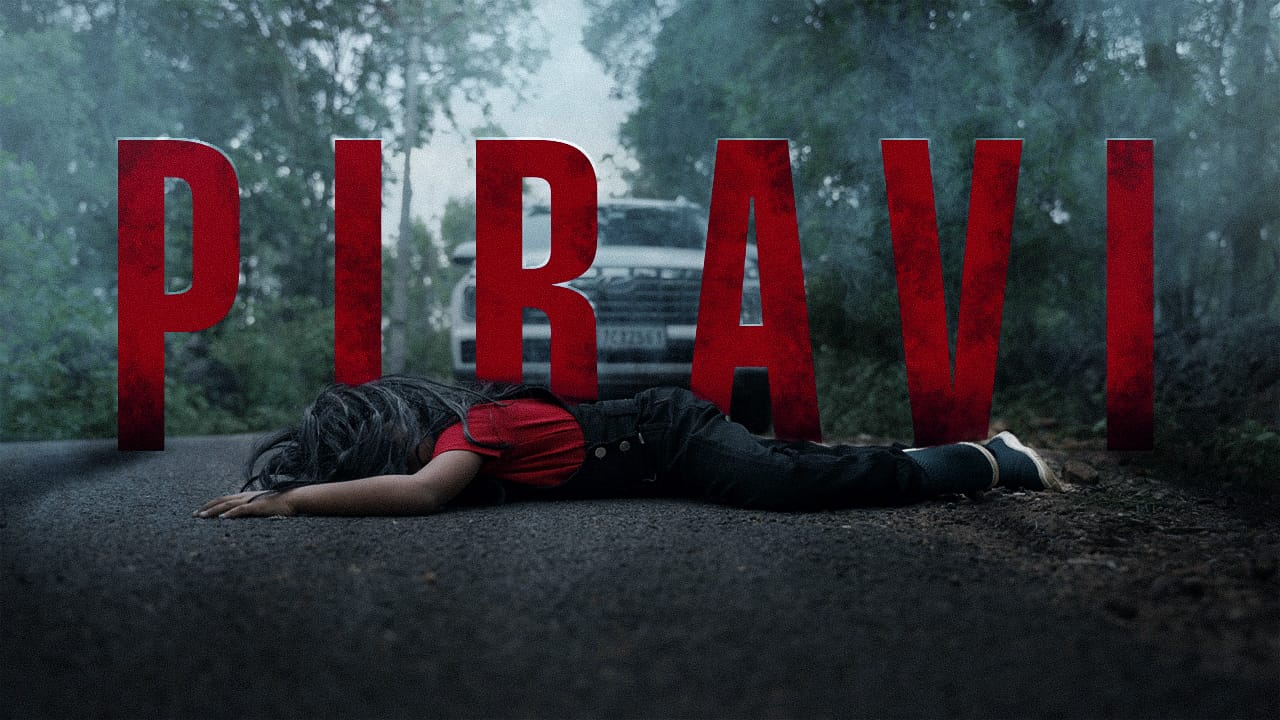What really makes a viral ghost story so fascinating is that it can become like wildfire on the internet and start to engage the minds of millions of people, and in doing so, it starts to root its way between real and unreal. This blog post will go deeper into the specificities of the story of Dear David and how it evolved to become an adaptation, examining the factors that contributed to this fascinating and frightening story.
The case of the Dear David phenomenon shows how powerful is the process of the digital story being transformed into an engaging piece of cinema. It is the path of that success of a series of tweets that culminated in a short film, which shows the shifting new terrain of the digital era in storytelling.
A viral ghost story, the beautifully entangled narrative of the Dear David story, has come all the way to life via Twitter (X-platform) as well, and it has created its own web of suspense and excitement for millions. But how could this online sensation turn into a real movie, and what are the most important elements that preconditioned its becoming a popular movie?
“Dear David”: The Viral Ghost Story Based on the Internet Sensation
“The ‘Dear David’ phenomenon, which began as a series of unsettling tweets, proved so compelling that it inspired a short film adaptation. This film sought to translate the online narrative’s chilling atmosphere and ambiguous horror into a visual medium, bringing the spectral figure of ‘Dear David’ to life on screen.
While differing from the original Twitter (X-platform) thread in its presentation, the short film aimed to capture the essence of the viral ghost story, offering viewers a tangible representation of the internet’s most talked-about haunting.
The Twitter (X-platform) Foundation of a Viral Ghost Story:
The original tweets by Adam Ellis set the basis for one of the downright scary viral ghost stories. He described in detail the experiences with a haunted child, the character named Dear David, and he wrote about the weird dreams, mysterious ghost sounds, and the spooky rocking of a chair.
The use of grainy images and mini videos has enhanced the credibility of the story, making casual followers become interested believers. The virality of this ghost story was conducive to the live IRL format of the Twitter platform, where involvement was instantaneous and shared experience.
Cinematic Adaptation of the Viral Ghost Story:
The adaptation of this viral ghost story has a trick of transforming the abstract horror of the text into a visual image narrative. The filmmakers used traditional horror elements, e.g., jump scares, disconcerting music, and aesthetics to reproduce the horrifying effect of the original tweets.
The psychological discomfort that dominated the online story was the goal of the film, which emphasized the sense of creeping dread that characterized the Dear David experience. But it is hard to make a viral ghost story into a movie, because the production must pick a specific option of what happens.
Comparing the Mediums of the Viral Ghost Story:
Although both, specifically the movie and the Twitter (X-platform) thread, have the same basic plot, their experiences are different. The tweets inspired the feeling of personal interpretation and speculation, enabling every reader to see the horror in his/her own way.
The movie, on the other hand, portrayed a visual reality, which had to be taken as it is; no room was left to interpretation, but to a greater extent, it had less imagination involved. Regardless of these dissimilarities, both versions of this viral ghost story played on the universal human interest in that which is paranormal.

The Lingering Power of a Viral Ghost Story:
Finally, the media coverage of the online version of the viral ghost story about the boy called David and the film adaptation of the same reminds us of the popularity of supernatural tales. The success of the story is in the fact that it evokes fundamental fears and anxieties and presents a thrilling insight into the unknown.
The story is a fascinating viral ghost story that draws parallels in terms of a case study on how online narratives may engage users and can fuel new kinds of stories. Regardless of the existence of dear David or not, it is without doubt that its effects have been felt like a ghost story in contemporary times.
Our era of digital technology has become the new home of ghost stories as it grows and morphs along with our means of connection. The case of the Dear David saga has become the brightest example of such evolution, as it shows the process through which the element of viral ghost story can bridge the gap between online engagement and help to create a solid cinema experience.
The success of the story, which combines suspense, ambiguity, and someone to fear, managed to touch millions of people and show that the long traditions of the art of storytelling can survive in the contemporary environment.
After all, however, the story of how the author of Dear David was more than a mere ghost story, it was a story of our hopeless fascination with the supernatural, and a wish to relate to the unknown.
With the emerging new universe associated with social media, it is only natural that in the future, more interesting and disturbing tales like Dear David will emerge, strengthening the tradition of the viral ghost story in both making our generation agree to continuing it.





